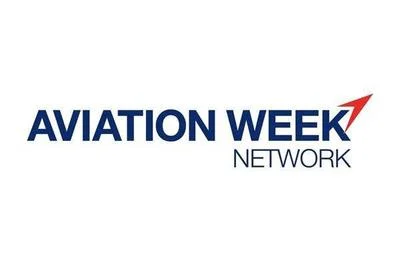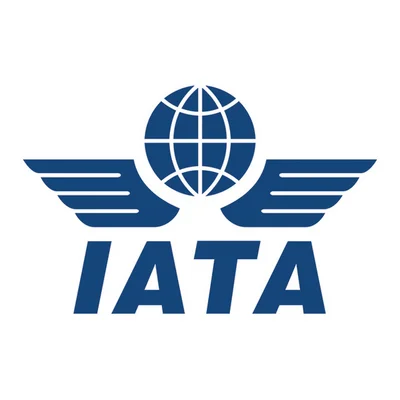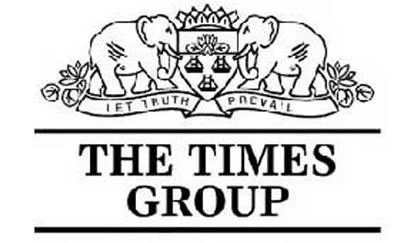On March 23rd, a United Airlines Boeing 767-300ER experienced an unexpected incident at London Heathrow Airport. As the aircraft approached the runway, it was pushed backward by the jet blast of a British Airways Airbus A320neo. The narrowbody aircraft's engines, in their initial spool-up, generated enough force to impact the larger widebody airliner, which had been making its turn to line up for takeoff. The United aircraft, however, managed to complete its turn after the blast diminished.
"Jet Blast represents a critical aspect of jet aircraft propulsion, delivering the powerful thrust necessary for flight," noted GlobeAir. "However, the intense airflow associated with Jet Blast also poses significant hazards to personnel, vehicles, and infrastructure in airport environments."
Jet blast, characterized by high-velocity air expelled from the rear of jet engines, can create substantial safety risks on the ground. Risks include damage to ground equipment and possible injuries to personnel. A significant concern is the powerful airflow generated during takeoff, which can produce winds exceeding 200 km/h and affect areas 100 to 300 feet behind an aircraft.
 Alerts Sign-up
Alerts Sign-up




































